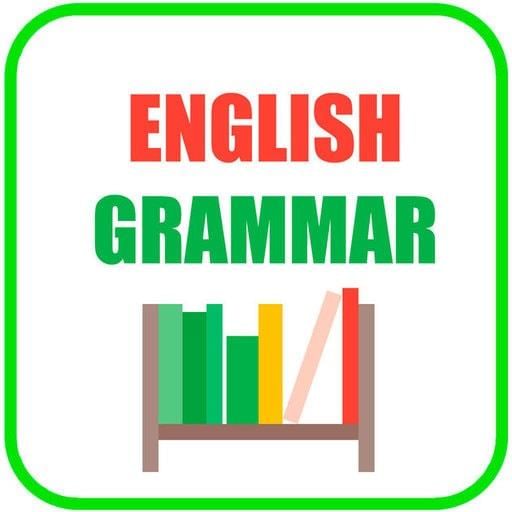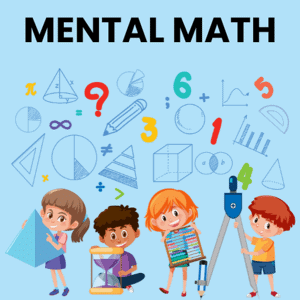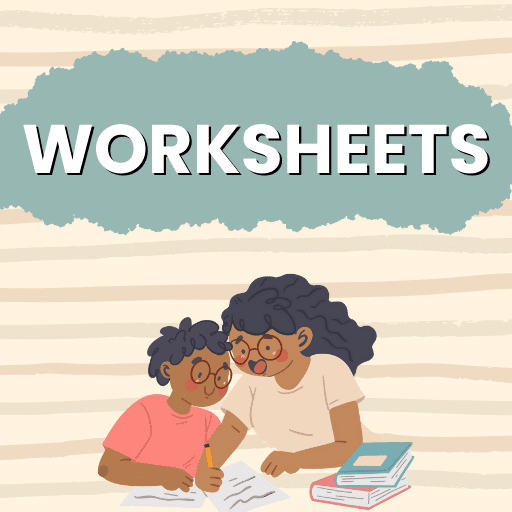Best Study Material for Class 3 Exam
Class 3 Exam > Class 3 Notes > English Grammar Class 3 > PPT: Conjunctions
PPT: Conjunctions | English Grammar Class 3 PDF Download
| Download, print and study this document offline |
Please wait while the PDF view is loading
Page 1 C O N J U N C T I O N S Parts of speech Page 2 C O N J U N C T I O N S Parts of speech Introduction Introduction to Conjunctions Welcome to our grammar lesson! What are Conjunctions? Why are Conjunctions Important? Types of Conjunctions Conclusion Page 3 C O N J U N C T I O N S Parts of speech Introduction Introduction to Conjunctions Welcome to our grammar lesson! What are Conjunctions? Why are Conjunctions Important? Types of Conjunctions Conclusion C o n j u n c t i o n s Example: I went to the store and bought milk and eggs. Tiny words that connect words, phrases, or even clauses in a sentence. They act like bridges, helping your sentences flow smoothly. Example: We can go to the park, but it might rain. Page 4 C O N J U N C T I O N S Parts of speech Introduction Introduction to Conjunctions Welcome to our grammar lesson! What are Conjunctions? Why are Conjunctions Important? Types of Conjunctions Conclusion C o n j u n c t i o n s Example: I went to the store and bought milk and eggs. Tiny words that connect words, phrases, or even clauses in a sentence. They act like bridges, helping your sentences flow smoothly. Example: We can go to the park, but it might rain. They improve your writing by making it clearer and more interesting. They show different relationships between ideas in your sentences. Why are conjunctions important? Page 5 C O N J U N C T I O N S Parts of speech Introduction Introduction to Conjunctions Welcome to our grammar lesson! What are Conjunctions? Why are Conjunctions Important? Types of Conjunctions Conclusion C o n j u n c t i o n s Example: I went to the store and bought milk and eggs. Tiny words that connect words, phrases, or even clauses in a sentence. They act like bridges, helping your sentences flow smoothly. Example: We can go to the park, but it might rain. They improve your writing by making it clearer and more interesting. They show different relationships between ideas in your sentences. Why are conjunctions important? Types of Conjunctions Coordinating conjunctions connect items of equal importance. Remember them with the handy acronym FANBOYS 1. Coordinating Conjunctions E x a m p l e s : I like pizza, but I also enjoy pasta.Read More
|
19 videos|142 docs|27 tests
|
FAQs on PPT: Conjunctions - English Grammar Class 3
| 1. What are conjunctions and why are they important in English grammar? |  |
| 2. What are the different types of conjunctions? |  |
Ans. There are three main types of conjunctions: coordinating conjunctions (for, and, nor, but, or, yet, so), subordinating conjunctions (because, although, since, unless, etc.), and correlative conjunctions (either...or, neither...nor, not only...but also). Each type serves a different purpose in joining words and clauses.
| 3. How do you use coordinating conjunctions in sentences? |  |
Ans. Coordinating conjunctions are used to connect words, phrases, or independent clauses that are of equal importance. For example, in the sentence "I want to go to the park, but it is raining," the conjunction "but" connects two independent clauses and indicates contrast.
| 4. Can you provide examples of subordinating conjunctions in sentences? |  |
Ans. Yes, subordinating conjunctions introduce dependent clauses and show the relationship between the dependent clause and the independent clause. For instance, in the sentence "Although it was raining, we went for a walk," "although" is the subordinating conjunction that introduces the dependent clause.
| 5. What are correlative conjunctions and how are they different from other conjunctions? |  |
Ans. Correlative conjunctions are pairs of conjunctions that work together to connect balanced words or phrases. Examples include "either...or," "neither...nor," and "not only...but also." They differ from other conjunctions because they require two elements to be connected, rather than just one.
Related Searches





























